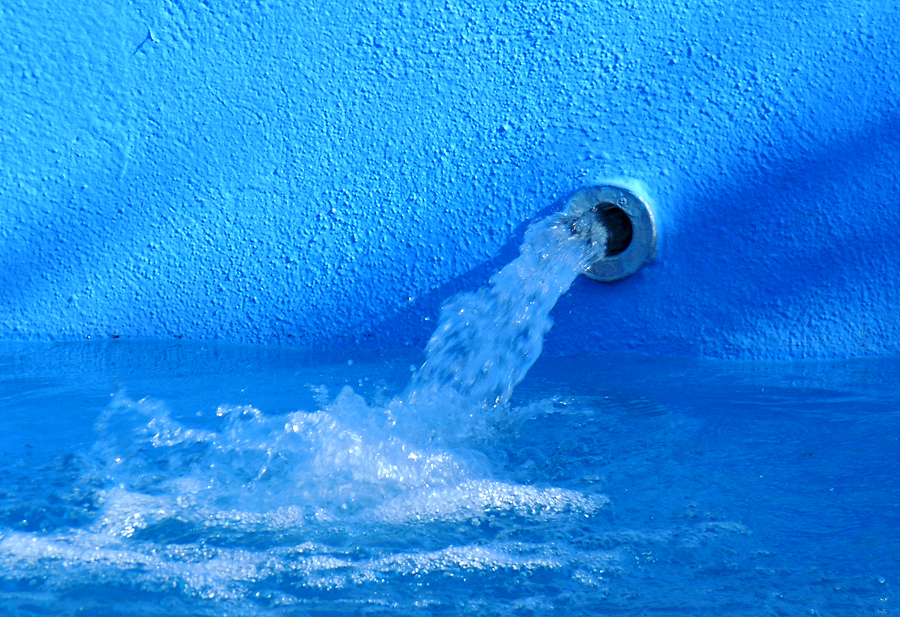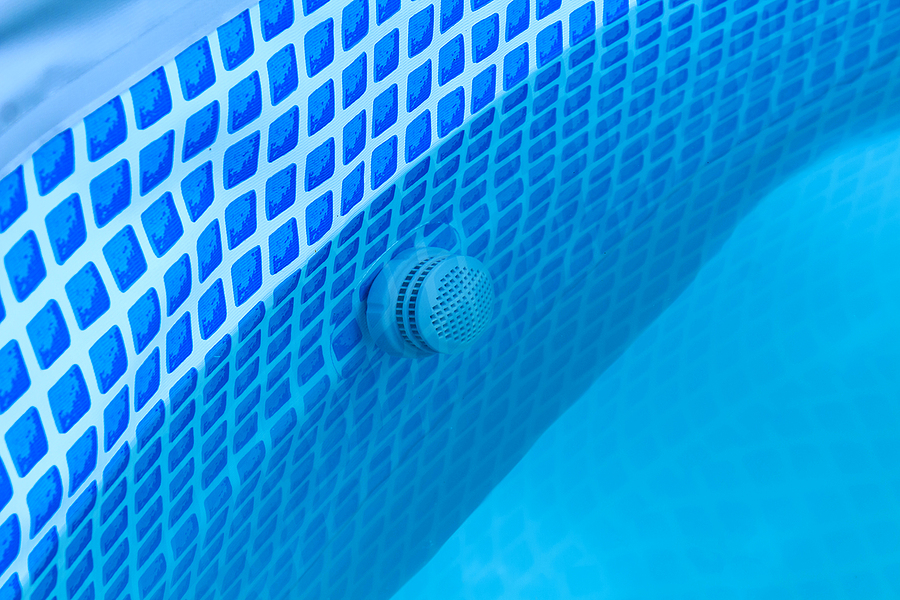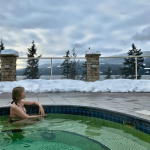How to Blow Out Pipes for Winterizing A Pool: A Step-By-Step Guide
Are you finally getting around to winterizing your pool? One of the most important steps in the winterizing process is blowing out your pool lines. This helps to prevent the potential freezing and bursting of your pipes during the winter months. You may try Googling “how to blow out pipes for winterizing a pool,” but we promise, DIY is not the way to go. If you want it done right, we suggest hiring a professional pool service. With that said, here are the steps they will take in order to successfully blow out your pool lines.
Preparation
Before they start the actual line-blowing process, your pool professional will take a few preliminary steps to prepare. First, they will lower the water level in the pool by draining it partially until it reaches 2 to 18 inches below the skimmer by backwashing, wasting, and/or pumping out the water. The exact water level depends on the type of your pool surface and winter cover type. Most DIYers are not aware of this; that’s why hiring a professional pool service is recommended. They will also empty any water from the skimmers with either a hand pump or opening the skimmer lines and sucking water until the pump runs dry. Then, the pump will be turned off Lastly, remove all fittings and skimmer baskets.
Suction Side
The next step of “how to blow out pipes for winterizing a pool” involves the suction side of your pool’s plumbing. The suction side encompasses all lines leading into the pump, including the main drain line, one or more skimmers, and possibly a vacuum line. For winterizing, air will either be blown from the pump itself or from one of the skimmers after closing the multiport or return valves. Next, the skimmer line and other suction side valves need to be closed. Then, they will blow the main drain until bubbles come out of the drain and reposition the valves closed so that the drain line is pressurized. If blowing from the pump, each skimmer or vacuum line will be blown out individually until water stops spraying out of the skimmer or vacuum port. If blowing from the skimmer or vacuum lines, each one will need to be blown out individually through the system and out the returns.
Pressure Side
The final step of “how to blow out pipes for winterizing a pool” takes place on the pressure side. The return lines that were closed earlier would be opened or the multiport will be put back in the filter position. Either air can be blown from the skimmer or the pump through the pump, filter, and heater, then they will send it back to the pool through the return lines. While watching for bubbling in the return lines, your pool professional will apply pressure to the one closest to the pump. After two to three minutes, they will plug off the return line that is bubbling the most. Then, they will tightly plug the other return lines in a similar sequence. Once all of the plugs are in place, there shouldn’t be any more bubbling. If the pool has floor returns, air will be blown through the return lines until bubbles come out of the returns. Then, the valve will be closed to pressurize it similar to what was done to the main drain.
Equipment Side
Next, your pool professional will drain your pool’s plumbing systems of any remaining water. This includes the pump, filter, heater, etc. They will remove any existing drain plugs and let any water drain out of the system. Drain plug for cartridge or DE filters will be put back in after the water drains out to avoid any vermin infestation. Lastly, antifreeze will be put in the skimmer lines, they will be plugged, and an anti-freezing device will be placed in the skimmer to avoid freeze/thaw damage cracking the inside of the skimmer. Anti-freeze can also be added to the skimmer pot.
Wondering How to Blow Out Your Pipes for Winterizing A Pool?
It’s easy! Just call Pool Operation Management. Our expert team will make sure your pool is fully prepared for winter. Frozen or burst pipes are not a concern when working with our certified pool operators and technicians. In addition to winterizing, we provide openings and closings, weekly maintenance, leak detection, and a whole host of other residential and commercial services. Instead of having to Google any of your other questions, just call Pool Operation Management today.








